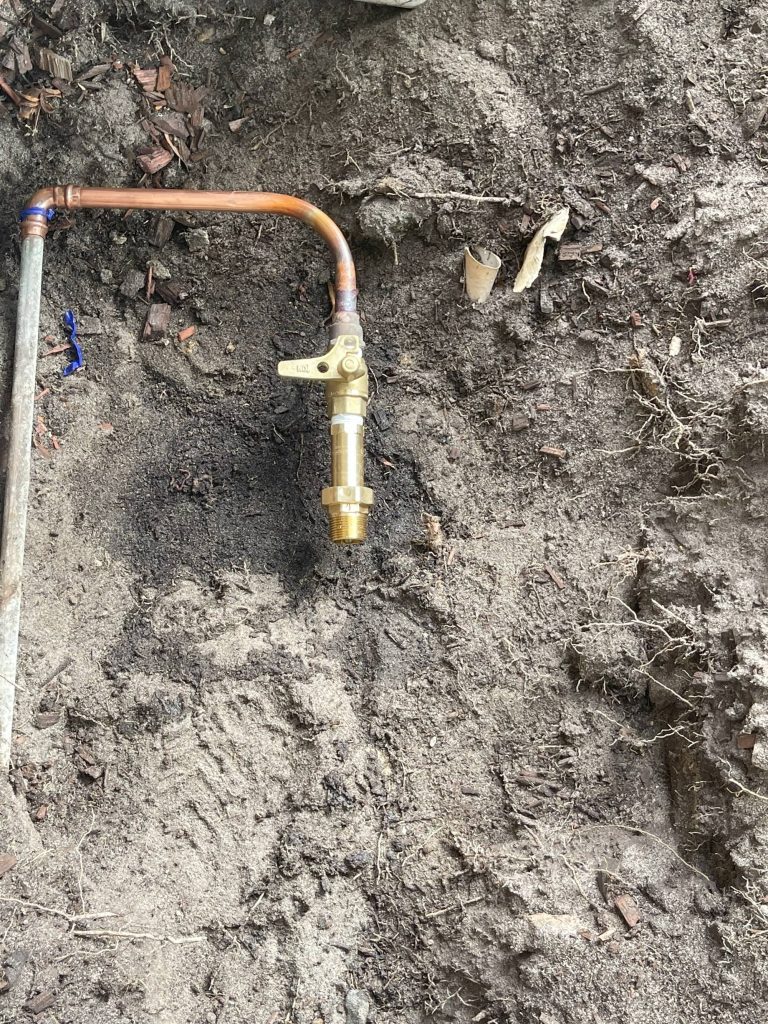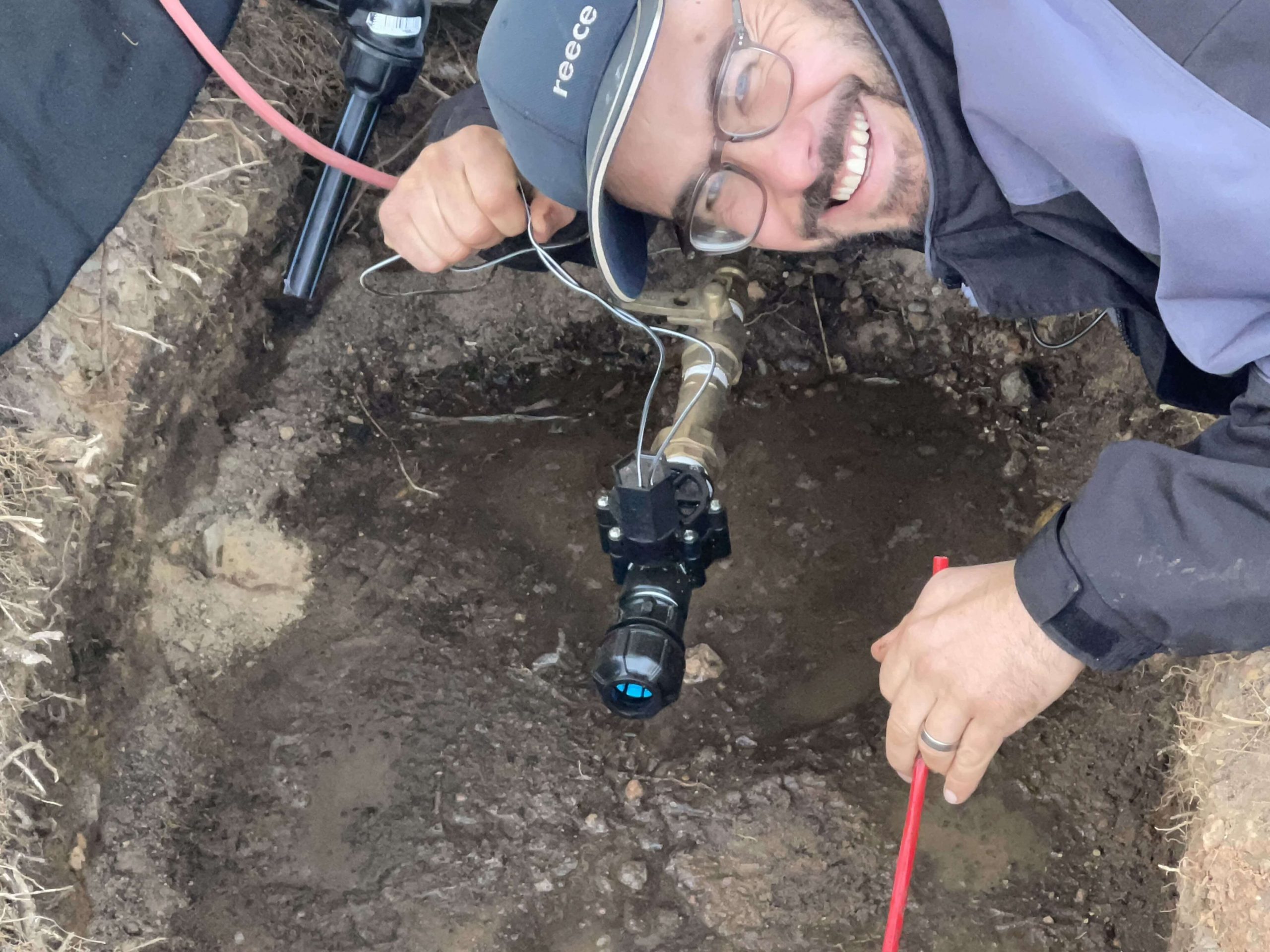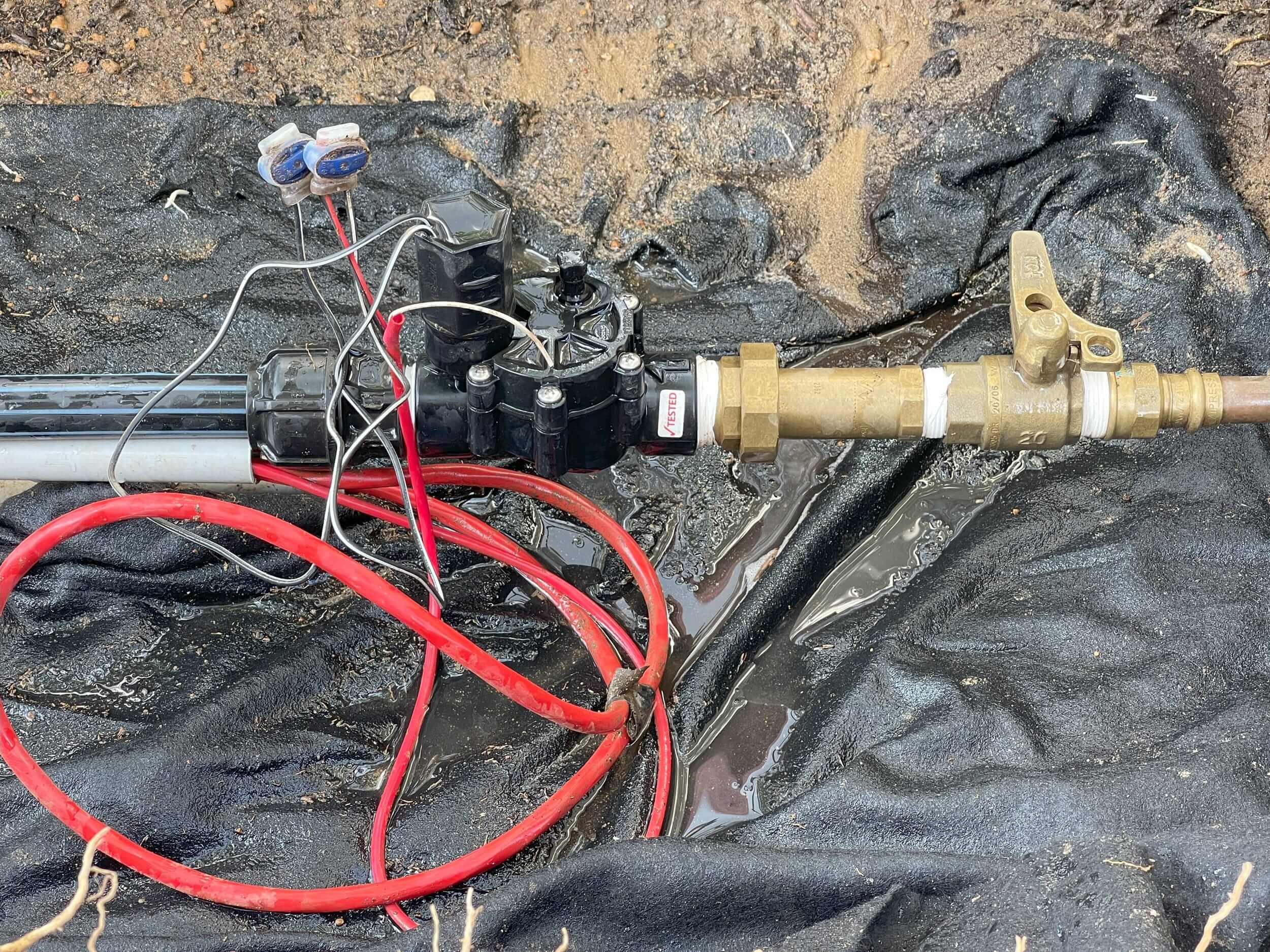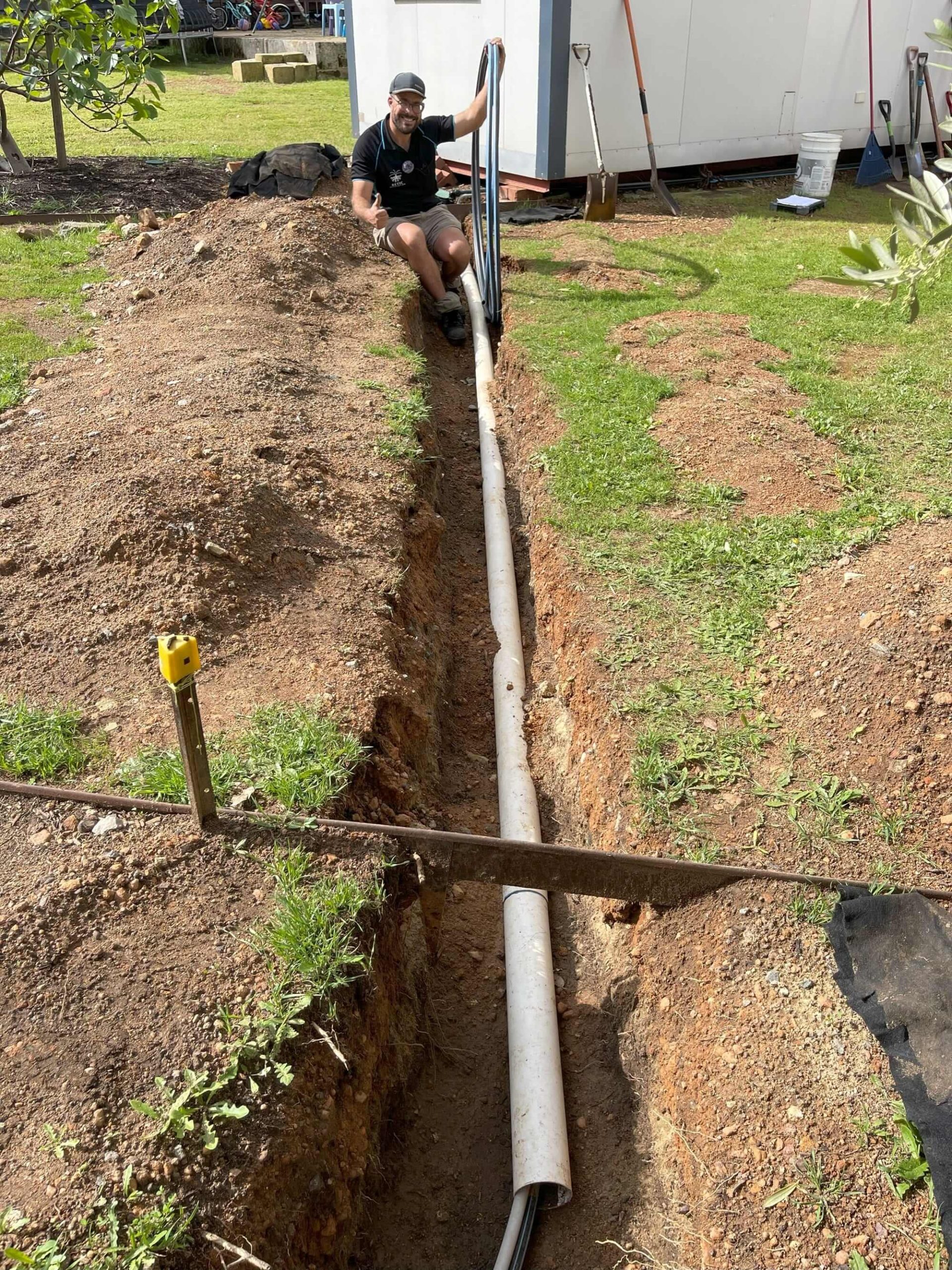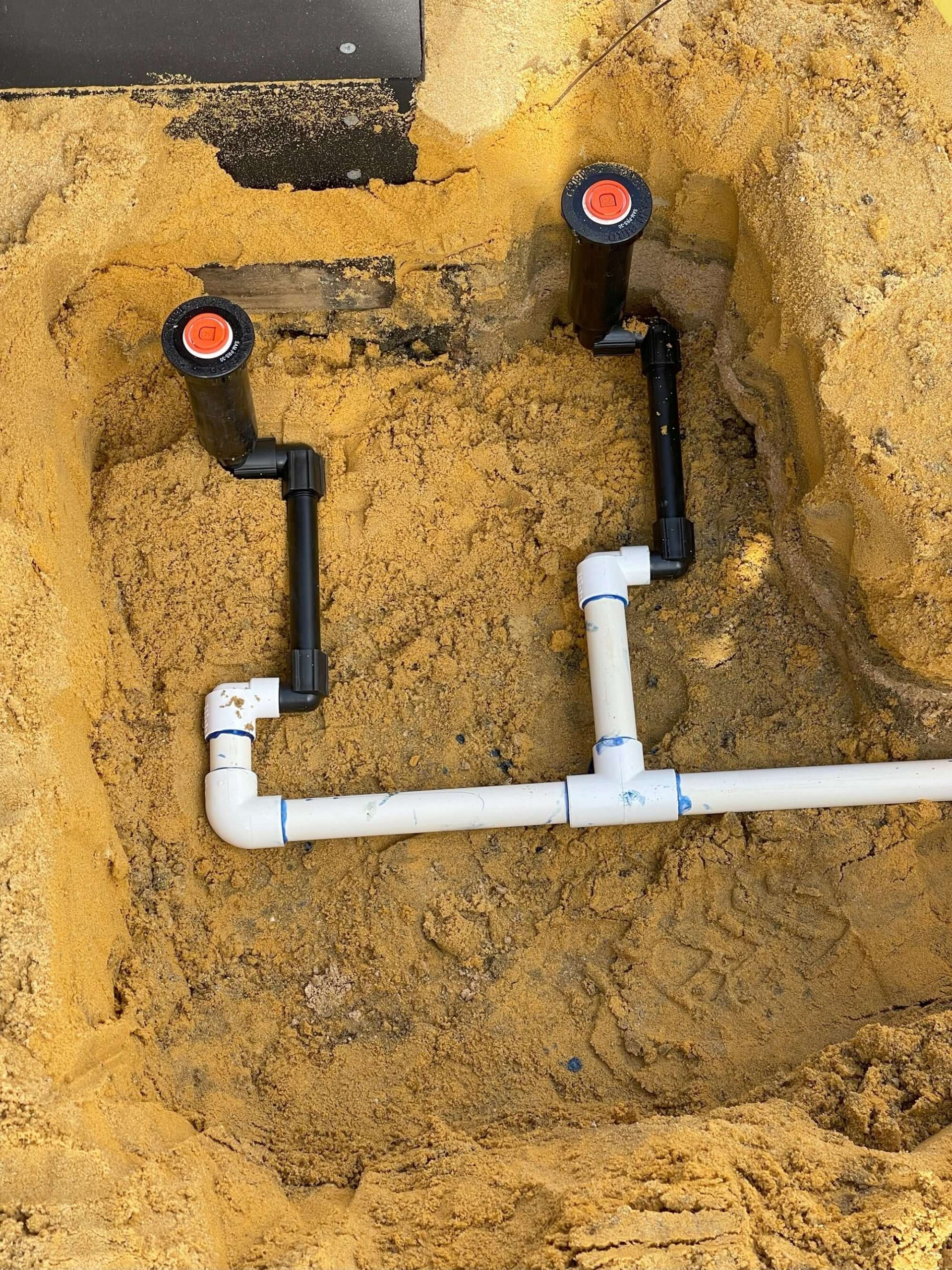Matched Precipitation
Matched precipitation ensures that all sprinklers in a zone apply water at the same rate, regardless of their arc or radius. This prevents under- or over-watering in different areas, promoting healthy, even growth. MP Rotators are designed with matched precipitation in mind, making them an excellent choice for efficient water management in irrigation systems.
Garden Risers
For garden areas, a combination of pop-up sprinklers and garden risers provides the best coverage. Articulated risers offer flexibility and durability by moving under the impact, preventing breakage while maintaining full water coverage. They can also be added to garden risers to further reduce the risk of damage from pets or foot traffic. This ensures your system remains durable and reliable without compromising on performance.
Bore Systems
If your irrigation system relies on a bore, there are a few critical components to ensure it operates efficiently and safely.
Pipe Size
Choosing the correct pipe size is essential for maintaining the bore’s efficiency. Pipes that are too small can create back pressure, reducing the bore’s performance and potentially causing damage. Using the right pipe size ensures optimal flow and pressure throughout your irrigation system, helping it run smoothly.
Pressure Relief Valve
A pressure relief valve is crucial for protecting your bore system from excessive pressure build-up. It automatically releases water when the pressure exceeds a safe level, preventing damage to both the bore and your irrigation components.
Preventing Deadheading
Deadheading occurs when a bore pump continues to run without water flow, often due to a blockage or a closed valve. This situation can severely damage the pump. Installing a pressure relief valve helps prevent deadheading by providing an outlet for excess water, ensuring the pump doesn’t run dry.
Professional Help
If you’re uncertain about your system’s setup, it’s always wise to consult a professional bore specialist. They can assess your system, offer expert advice, and ensure everything is installed and configured correctly for long-term efficiency.
Additional Irrigation Systems
While we’ve covered the most common types of irrigation, there are other systems you can consider, such as drip irrigation, shrubblers, and overhead sprays. These options offer more tailored solutions for specific areas of your garden or for plants with unique watering needs.
Tailoring to Your Garden’s Needs
To ensure your irrigation system is efficient, aim for head-to-head coverage, where each sprinkler’s reach overlaps with the next. You may also need to install specialised features like tree bubblers, which provide extra water to certain trees. Tailoring your system to the specific needs of your garden can significantly improve water distribution and plant health. For more customised solutions, consider seeking horticultural advice.
Other Considerations
- Mulch: Choose a free-draining mulch that allows water to penetrate. Avoid exotic mulches that don’t break down into the soil and can become hard, blocking water from reaching the roots.
- Organic Soil Mixes: Opt for organic soil mixes that enhance soil health and improve water retention, keeping your plants better hydrated.
- Regular Maintenance: Maintain your lawn and garden by regularly using soil wetters, applying fertiliser, and mowing lightly and frequently. These practices help keep your garden healthy and vibrant year-round.
Want to Install an Irrigation System Yourself?
With over 20 years of expertise packed into our affordable online course, you can learn how to install an automatic irrigation system step-by-step. This course is perfect for beginners, homeowners, and tradies looking to expand their skill set.
What You’ll Get:
- Itemised Parts List: A complete list of everything you’ll need for the installation.
- Step-by-Step Guidance: Easy-to-follow instructions to walk you through every stage.
- Expert Tips & Tricks: Proven insights from our years of experience to help you avoid common mistakes and ensure a smooth installation.



